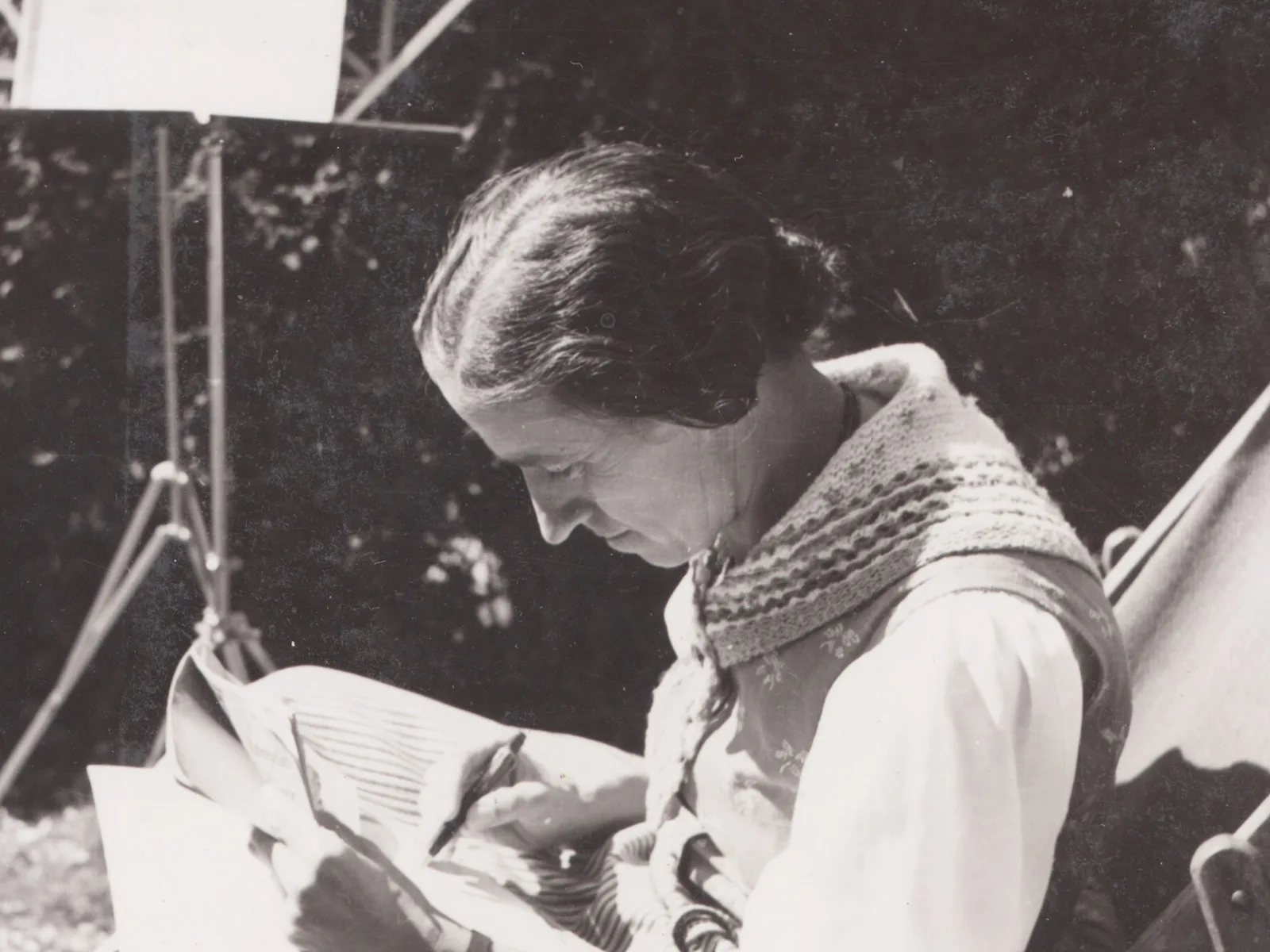
The woman who saved folk music
Armed with a steely resolve and tape recorder, Hanny Christen from Basel-Landschaft preserved folk music during the 1950s, just as it was in danger of dying out.

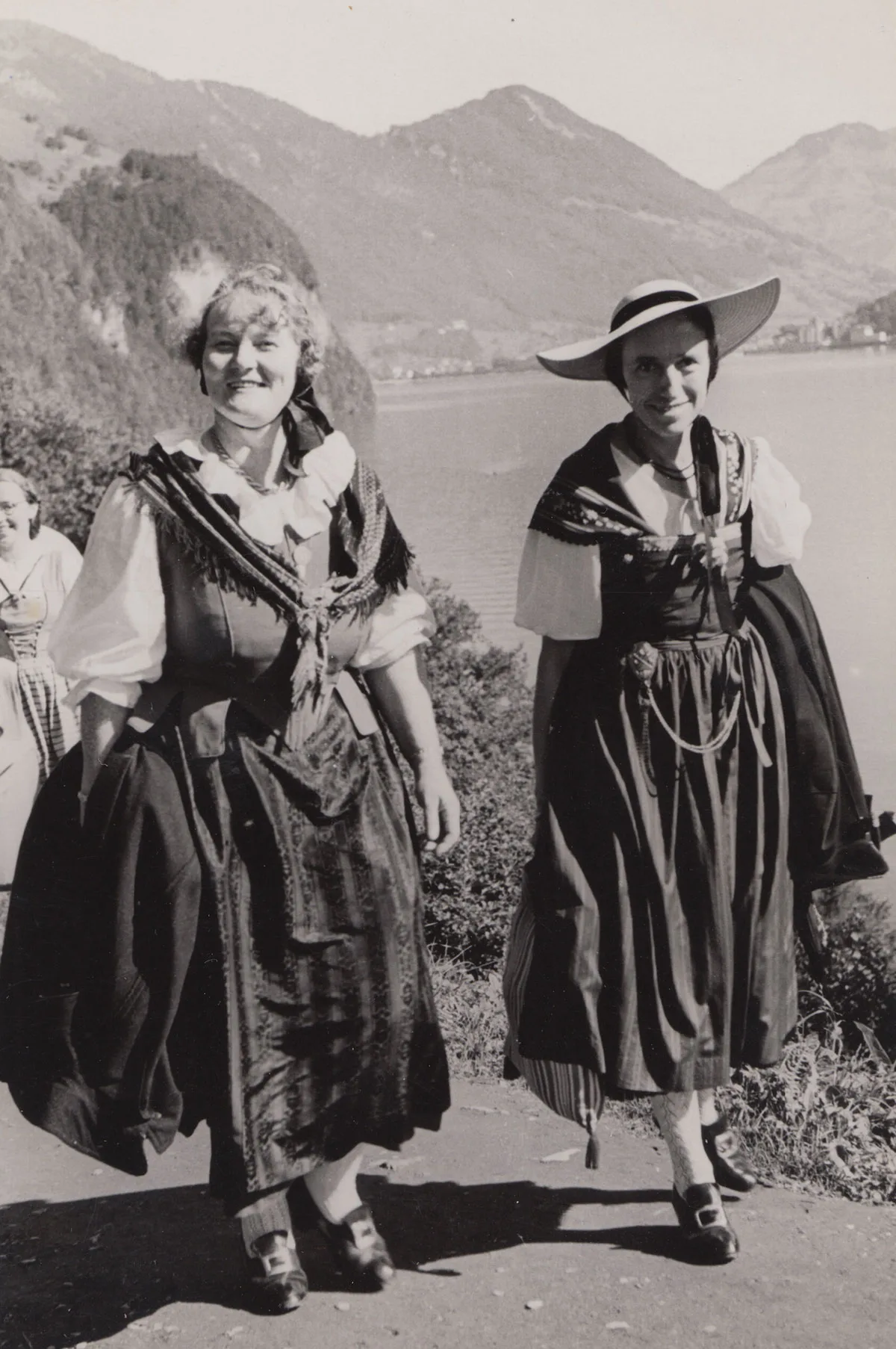
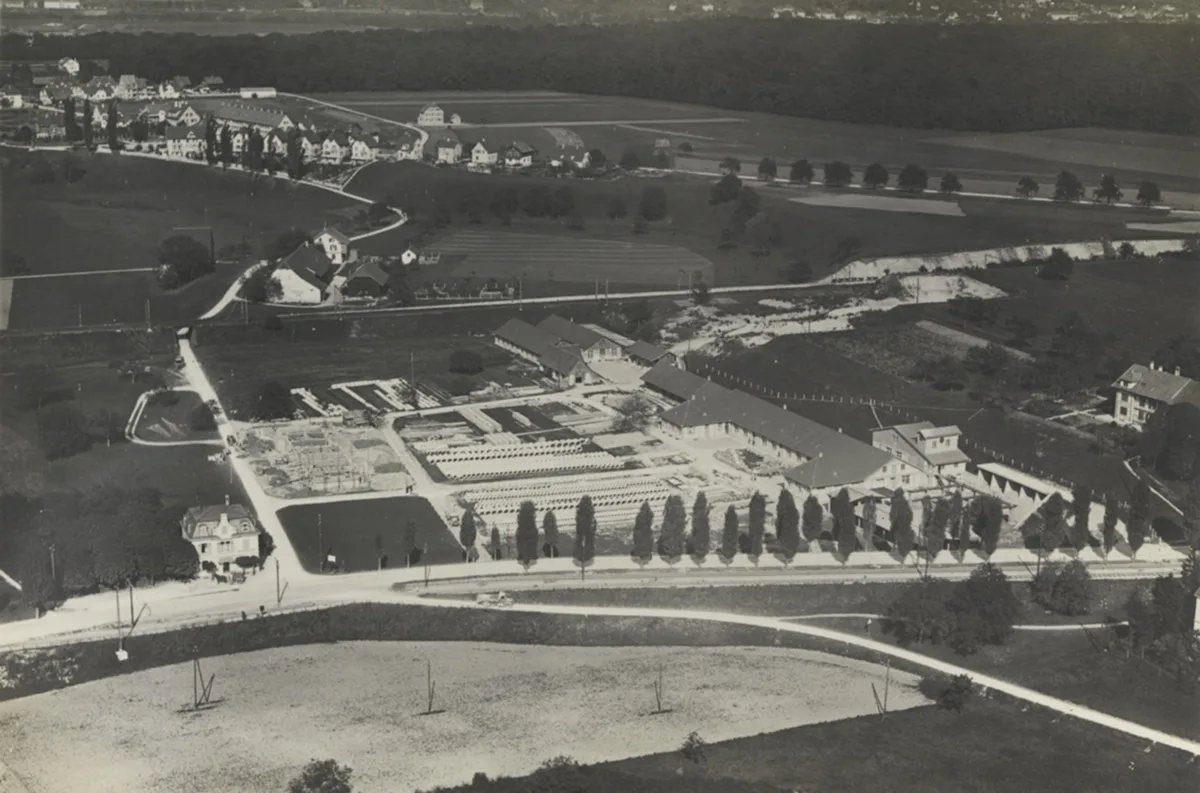
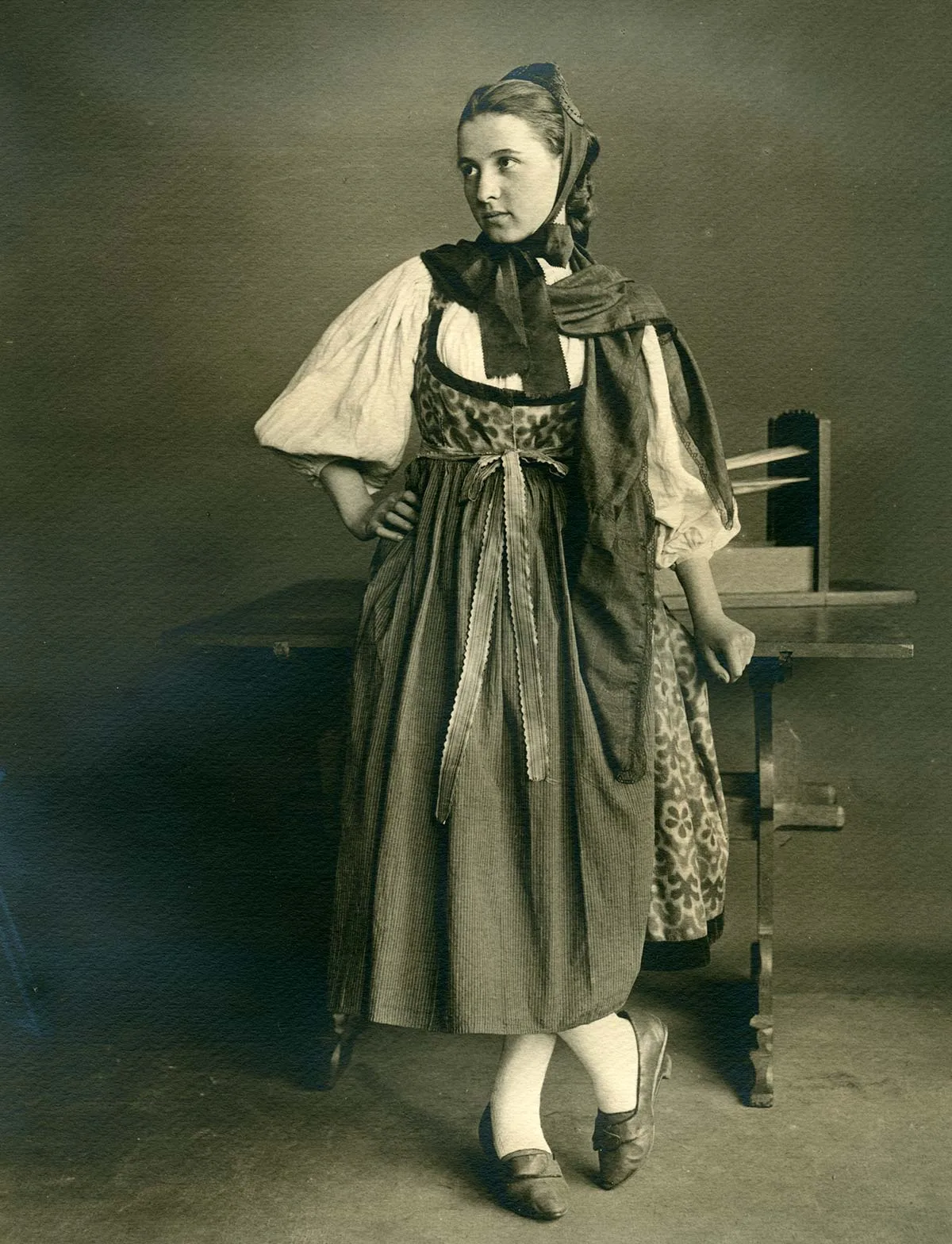
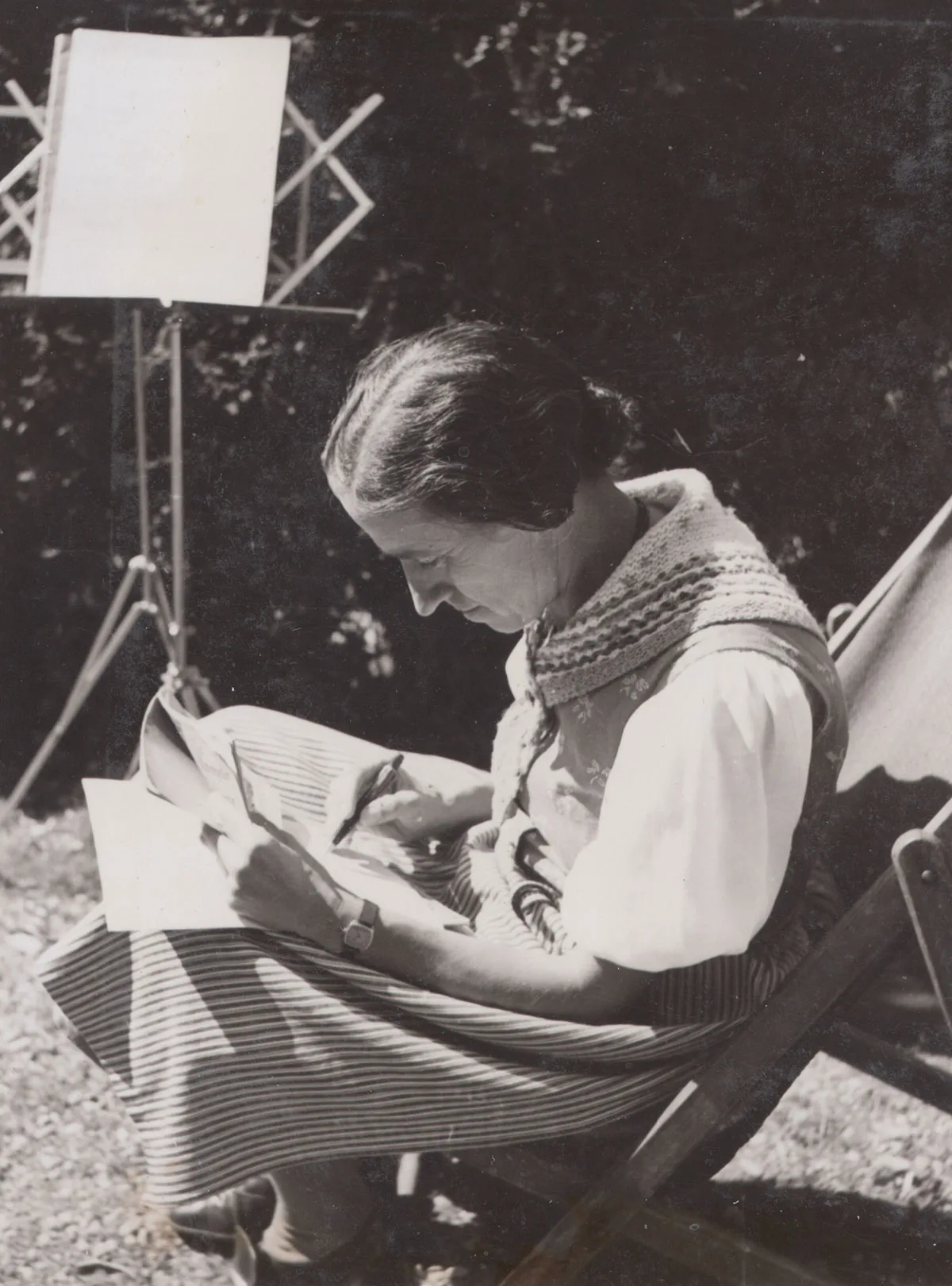

Armed with a steely resolve and tape recorder, Hanny Christen from Basel-Landschaft preserved folk music during the 1950s, just as it was in danger of dying out.




